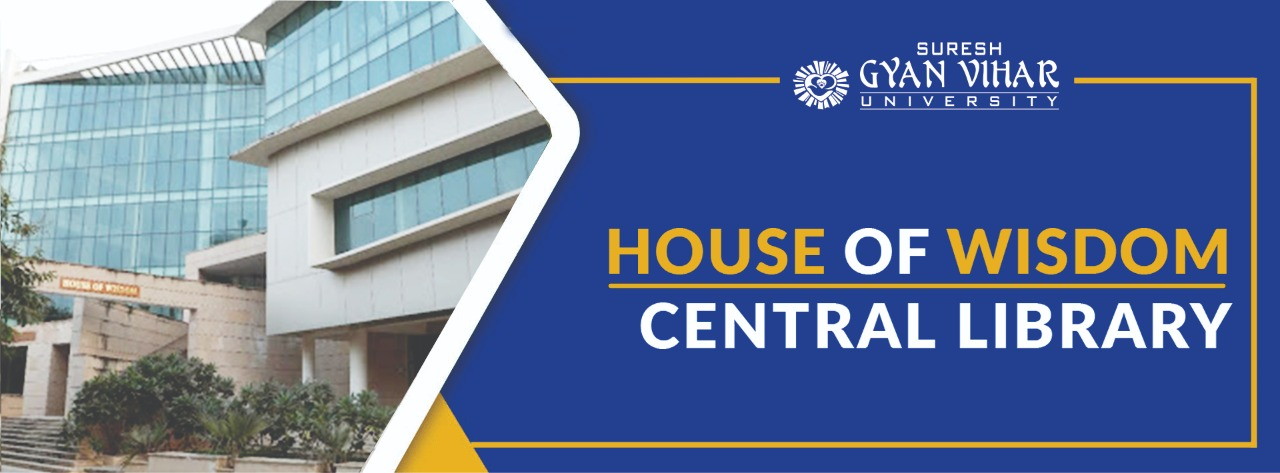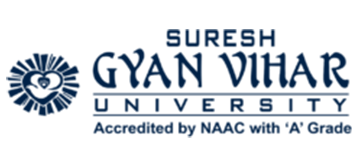An introduction to numerical methods in C++ / B.H. Flowers.
Material type: TextSeries: MethematicsPublication details: New Delhi Oxford University Press ; Oxford University Press, 2011.Edition: Rev. edDescription: xxii, 555 p. : ill. ; 24 cmISBN:
TextSeries: MethematicsPublication details: New Delhi Oxford University Press ; Oxford University Press, 2011.Edition: Rev. edDescription: xxii, 555 p. : ill. ; 24 cmISBN: - 9780195692419
- 519.402855133 FLB A book
- 519.402855133 FLB A book
| Item type | Current library | Call number | Status | Notes | Date due | Barcode | Item holds | |
|---|---|---|---|---|---|---|---|---|
 Books
Books
|
Suresh Gyan Vihar University Library | 519.402855133 FLB A (Browse shelf(Opens below)) | Available | DE | J117 |
Browsing Suresh Gyan Vihar University Library shelves Close shelf browser (Hides shelf browser)

|

|

|

|
No cover image available No cover image available |

|

|
||
| 519.23 NAJ R RANDOM VARIABLES&STOCHASTIC PROCESSES | 519.23 PUR P PROBABILITY AND RANDOM PROCESSES | 519.23 SUV P Probability, statistics and queueing theory | 519.402855133 FLB A An introduction to numerical methods in C++ / | 519.5 Advanced statistics in education & psychlolgy | 519.5 An Introduction to Statistical Methods | 519.5 AGB B Basic Statistics |
Includes bibliographical references (p. [533]-534) and index.
1. Preliminaries -- 2. Expressions, statements and functions -- 3. Errors, theorems and speed -- 4. Roots of non-linear equations -- 5. Classes -- 6. Derived classes and streams -- 7. Integer arithmetic -- 8. Tests of randomness -- 9. Vectors and matrices -- 10. Direct solution of linear equations -- 11. Errors in matrix manipulation -- 12. Iterative solutions of systems of equations -- 13. Matrix eigenvalue problems -- 14. Interpolation and data fitting -- 15. Graphics -- 16. Differentiation and integration -- 17. Orthogonal polynomials -- 18. Differential equations -- 19. More about differential equations -- 20. Recursive data types - lists -- 21. Elements of Fourier analysis -- Addendum: Programming in Windows -- App. A. standard.h -- App. B. restring.h -- App. C. rational.h -- App. D. random.h -- App. E. vecmat.h -- App. F. stdgraph.h -- App. G. list.h -- App. H. screen.h.
"This text on numerical computing, presented through the medium of the C++ language, is designed for students of science and engineering who are seriously studying numerical methods for the first time. It should also be of interest to computing scientists who wish to see how C++ can be used in earnest for numerical computation."--BOOK JACKET.
DE
There are no comments on this title.





